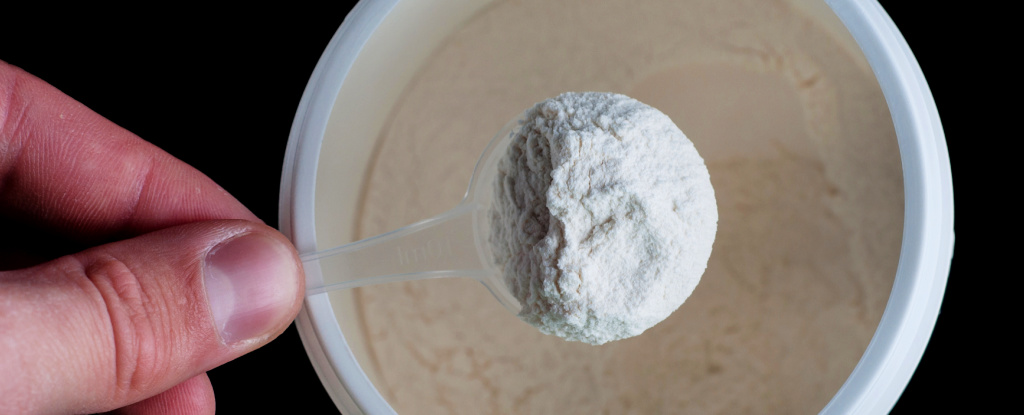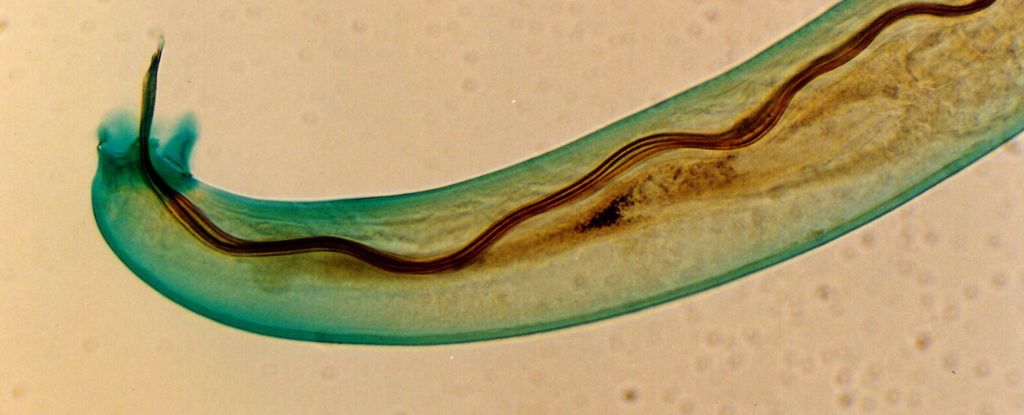A new study in mice found limited intakes of one particular essential amino acid slowed the impacts of ageing and even lengthened their lifespan.
Scientists are now wondering if these findings could help people improve their longevity and quality of life.
Isoleucine is one of three branched-chain amino acids we use to build proteins in our bodies. It is essential for our survival, but since our cells can’t produce it from scratch, we have to get it from sources like eggs, dairy, soy protein and meats.
But there can always be too much of a good thing. Earlier research using data from a 2016-2017 survey of Wisconsin residents found dietary isoleucine levels were linked with metabolic health and that people with higher BMIs were generally consuming much greater quantities of the amino acid.
“Different components of your diet have value and impact beyond their function as a calorie, and we’ve been digging in on one component that many people may be eating too much of,” says metabolism researcher Dudley Lamming from the University of Wisconsin, US, who was involved in both studies.
“It’s interesting and encouraging to think a dietary change could still make such a big difference in lifespan and what we call ‘healthspan,’ even when it started closer to mid-life.”
A genetically diverse group of mice was fed either a diet containing twenty common amino acids as a control, a diet where all amino acids were reduced by about two-thirds, or a diet where only isoleucine was reduced by the same amount.
The mice were around six months old at the start of the study, which is the equivalent age of a 30 year old person. They could eat as much as they wanted, but only from the specific kind of food provided to their group.
Restricting dietary isoleucine increased the lifespan and healthspan of the mice, reduced their frailty, and promoted leanness and glycemic control. Male mice had their lifespans increased 33 percent compared to those whose isoleucine was not restricted, and females had a 7 percent increase.
These mice also scored better in 26 measures of health, including muscle strength, endurance, blood sugar levels, tail use, and hair loss.
The male mice in this group had less age-related prostate enlargement, and were less likely to develop the cancerous tumors that are common in the diverse mice strains.
Curiously, the mice given low isoleucine food also ate significantly more calories than the others. But rather than gaining weight, they actually burned more energy and maintained leaner body weights, even though their activity levels were no different.
The researchers think restricting isoleucine in humans, either by diet or pharmaceutical means, has the potential to yield similar anti-ageing effects – although, as with all mice studies, we won’t know for sure until it’s actually tested in humans.
This is easier said than done. Although the food provided to the mice was controlled, the researchers noted that diet is an incredibly complex chemical reaction, and there may be other dietary components involved in producing these results.
Restricting protein intake in general, for instance, has detrimental effects on the body, mouse or human. Translating this research for real-world human use is more complicated than just reducing intake of high-protein foods, even though this is the simplest way to limit isoleucine intake.
The amino acid restriction level was constant in all experiments, and they acknowledge that more fine-tuning may be required for optimum effects across different mice strains and sexes – when it comes to diet, one size does not fit all.
“We can’t just switch everyone to a low-isoleucine diet,” Lamming says.
“But narrowing these benefits down to a single amino acid gets us closer to understanding the biological processes and maybe potential interventions for humans, like an isoleucine-blocking drug.”
The research is published in Cell Metabolism.





